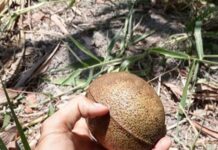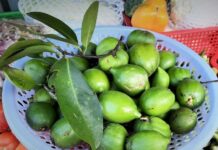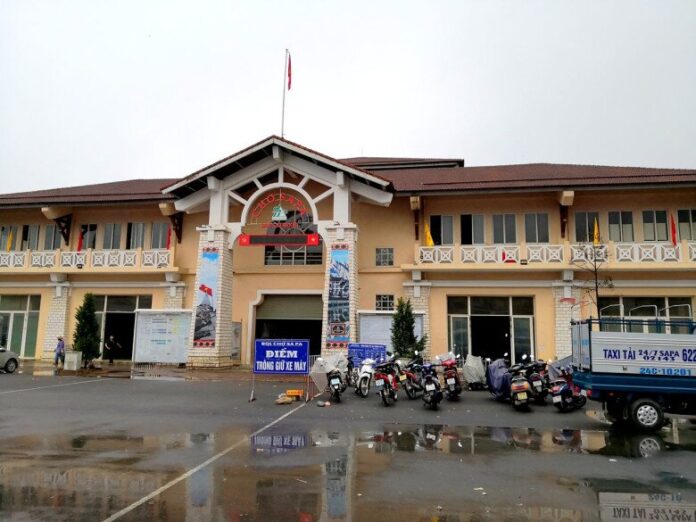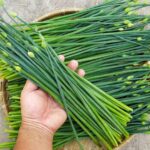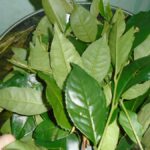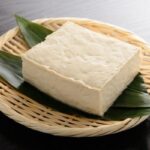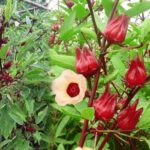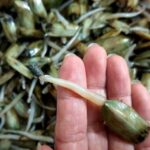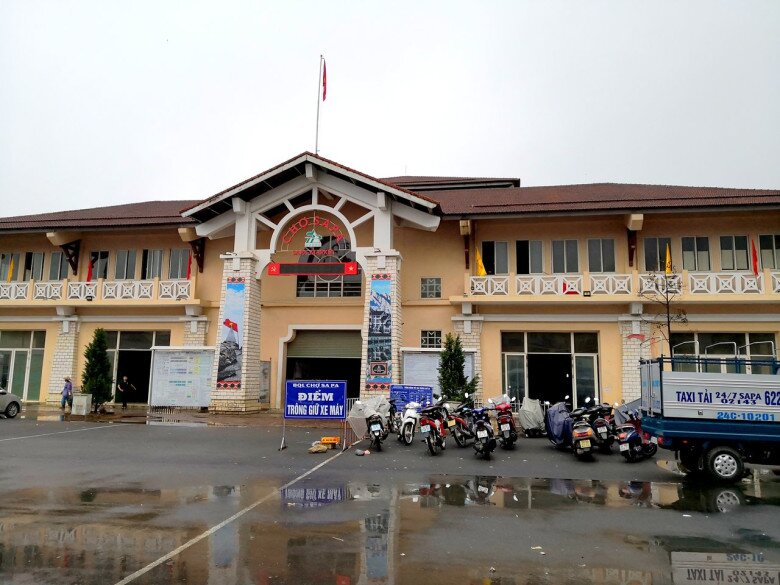
Where is Sapa Market located?
Sapa Market is situated approximately 1.5 kilometers from the center of Sapa town. It is easily reachable by following Luong Dinh Cua Road. Alternatively, you can locate the Sapa Bus Station as the market is conveniently positioned right in front of it.
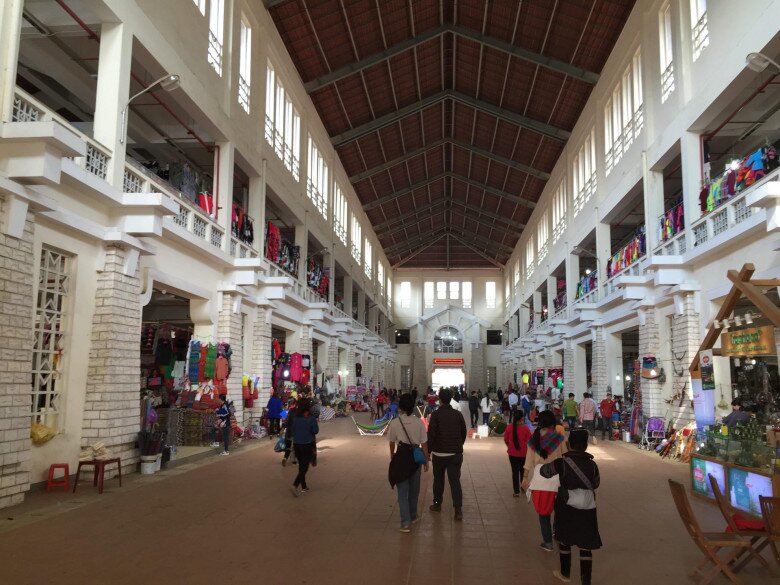
To get to the market, you have two practical options: renting a motorbike for a more adventurous and flexible journey, or opting for a xe om (motorbike taxi) if you’re unfamiliar with the terrain. Choosing a motorbike gives you the freedom to explore and capture stunning visuals along the way, while a xe om ensures a safe and guided trip.
What makes Sapa Market unique?
Unlike the modest tribal markets in the remote villages, Sapa Market boasts a more spacious and modern architecture, featuring two airy and clean floors for vendors to display their goods. However, the true essence of the market lies in its vibrant weekend gatherings.
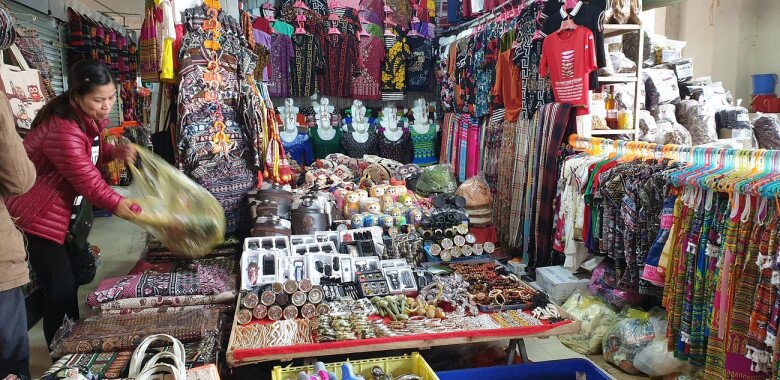
During weekends, the market comes alive with the vibrant cultures of the Hmong and Dao ethnic groups. It transforms into a bustling hub of exchange, not just for goods and produce but also for social interactions and even romantic connections. The weekend market is a feast for the senses, with colorful traditional attire, lively music, and enchanting dances creating an unforgettable atmosphere.
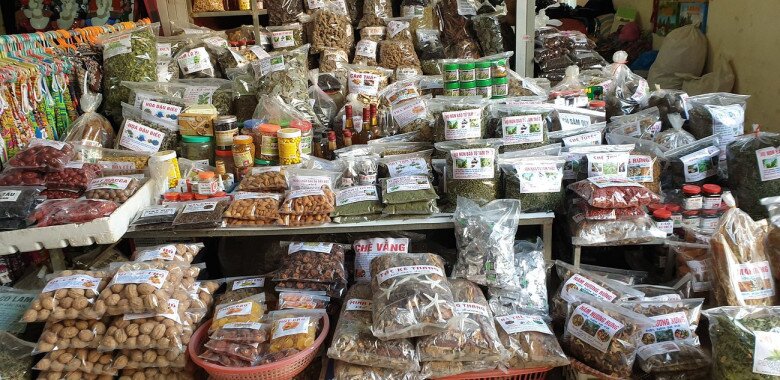
At Sapa Market, you’ll find a diverse range of products, including clothing, footwear, textiles, aromatic Chinese medicinal herbs, and unique souvenirs. The market also offers essential groceries and specialty products such as smoked buffalo meat, hill chicken, cat ear vegetables, wild apples, dried bamboo shoots, artichokes, and the distinctive bath herbs of the Red Dao people.
Delightful Specialties at Sapa Market
Sapa Market is not just a place for trading; it’s also a culinary destination that showcases the rich flavors of the mountainous region. Here, you can indulge in a variety of delicious local specialties, such as thang co (a traditional Hmong stew), hot pot with mountain trout or salmon, pork cooked in a bamboo tube, smoked buffalo meat, and a range of traditional rice wines made from local ingredients like glutinous rice, cassava, corn, and wild apples.
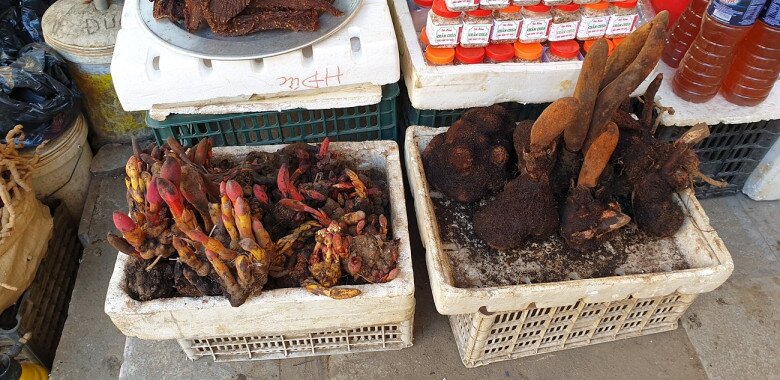
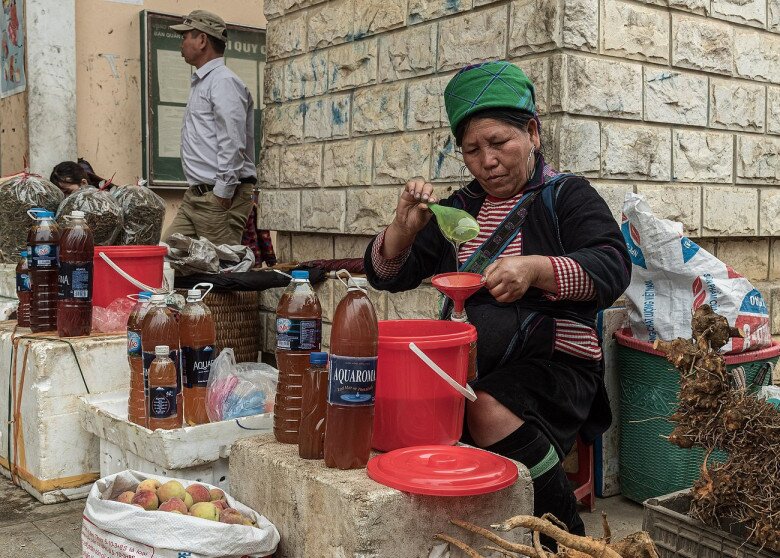
The highland markets of Vietnam, including Sapa Market, embody the unique cultural identity of the Northwest region. With its authentic goods and vibrant atmosphere, Sapa Market is not just a shopping destination but also a captivating attraction for visitors seeking to immerse themselves in the local culture and the breathtaking natural scenery of this mountainous town.
The Ultimate Guide to a Mouth-watering, Flavourful Fish Stew: A Secret Ingredient that will Make Everyone Beg for More!
“Unleash the secret weapon for your culinary creations – a handful of fresh herbs! With this simple addition, your humble fish stew will be transformed into a masterpiece that will have your guests raving. It’s an easy yet powerful trick that will elevate your dish to new heights of flavor and aroma.”
The Unassuming Weed: A Tasty Treat Now Selling at 90,000 VND per kg.
This particular tree is commonly found growing wild along fences and wastelands in the Central and Southwestern regions of Vietnam. With its distinct sour-tasting leaves and buds, it has become a key ingredient in many local specialties, offering a refreshing respite from the sweltering summer heat.

















